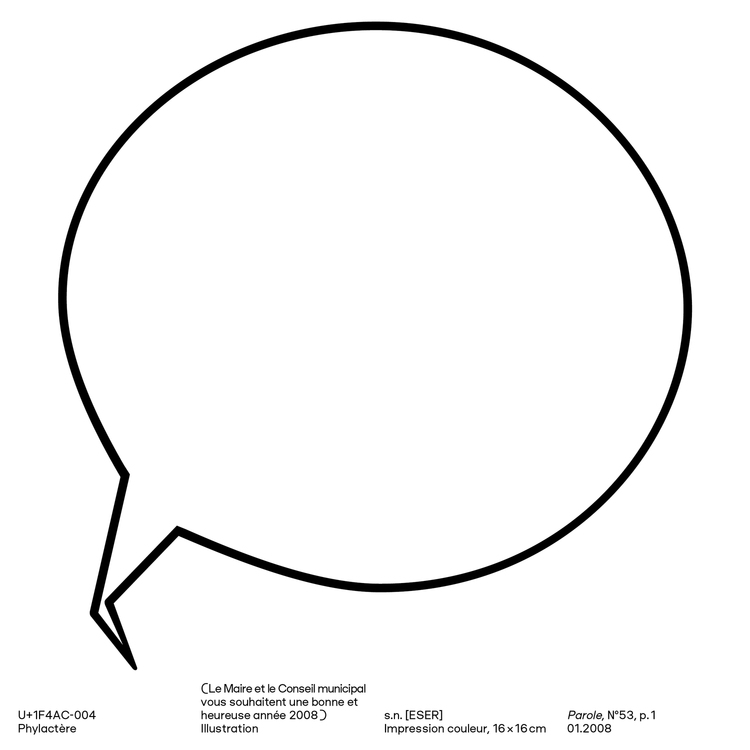February 4–April 23, 2017
Rue Henri Douard
Contemporary Art Center of National Interest / Cœur d’Essonne Agglomération
91220 Brétigny-sur-Orge
France
T +33 1 60 85 20 76
info@cacbretigny.com
An exhibition by Céline Poulin, Marie Preston and Stéphanie Airaud
With Esther Ferrer, Núria Güell, Adelita Husni-Bey, Leigh Ledare, Devora Neumark, Christian Nyampeta, Marie Preston, Sébastien Rémy, Till Roeskens and Cyril Verde
To create together, initially you have to accept indetermination and welcome antagonism, then grope around in the dark, let discussions happen, and work the adjustments. These starting points and creative processes, regardless of their outcomes, seem to favor the making of connections and the creativity of everyone.
Yes (I’m breaking in, sorry), ever since we’ve been talking about this (does anyone ever have enough time for conversation?), in your opinion, at what moment does a multiplicity of voices arise? The “I” that fuses with the Us? And is there an “Us”?
And then? What is the future of these words we’ve exchanged? Art? Empowerment? Social initiatives? And the objects and words that emerge from that? Their reception?
In my opinion, what’s important is that voice is “radically social as much as it is individual, [it] indicates the way human beings place themselves in the world and with respect to others.” (Paul Zumthor)
Which is why spoken remarks will be included in the exhibition. You don’t dissociate different modalities of speech (day-to-day, academic, poetic, emerging from the artworks, processes, theoretical research, etc.); and a specific arrangement for welcoming interactions can even be imagined. Words and their transience are on view.The exhibits are words and their evanescence, but also what they produce, or at least part of it. The different talks seem to echo the works and documents that have sprung up.
Let’s take an excerpt of a scientific paper written in preparation for the two days of research: “We endeavor… to imagine the way each individual, in coming into contact with the Other, sees the many voices living in him. Cooperative artmaking brings out that state in which each person tries to skillfully juggle with that inner multitude.”
Inner but also outer multitude, I think. Orality involves a back-and-forth between the collective and the individual. Every word or utterance is charged with a memory that gets amplified and modified during the exchanges. There is a moment-by-moment actualization of the individual and collective selves. And this importance of the here-and-now becomes intertwined with the past and the future. The memory is also that of the different meanings and contexts assigned to every word pronounced by another.
How about translation then? From one subjectivity to another, one imagination to another, one language to another… Do you think it can be done?
Yes. But only if translation takes into account the presence of the Other in us and in our languages.
Isn’t translation then just another name for those artistic endeavors built around the experience of alterity?
Hmm… you think so?
Vocales, a project in partnership with MAC VAL Musée d’art contemporain du Val-de-Marne, the research team Teamed (AIAC), and the University of Paris 8 Vincennes—Saint-Denis, the Villa Vassilieff, the research platform “Pratiques d’Hospitalité,” initiated and coordinated by Simone Frangi and Katia Schneller at ÉSAD • Grenoble, the University of Quebec in Montreal, La Galerie, the contemporary art center of Noisy-le-Sec, and the Théâtre Brétigny, a government-funded stage and with the support of Fluxus Art Projects and of Fondation Nationale des Arts Plastiques et Graphiques.
A public service of Cœur d’Essonne Agglomération, CAC Brétigny benefits from the support of Ministère de la Culture et de la Communication—DRAC Île-de-France, Région Île-de-France and Conseil départemental de l’Essonne. CAC Brétigny is a member of TRAM and d.c.a.
Further press information available here.


